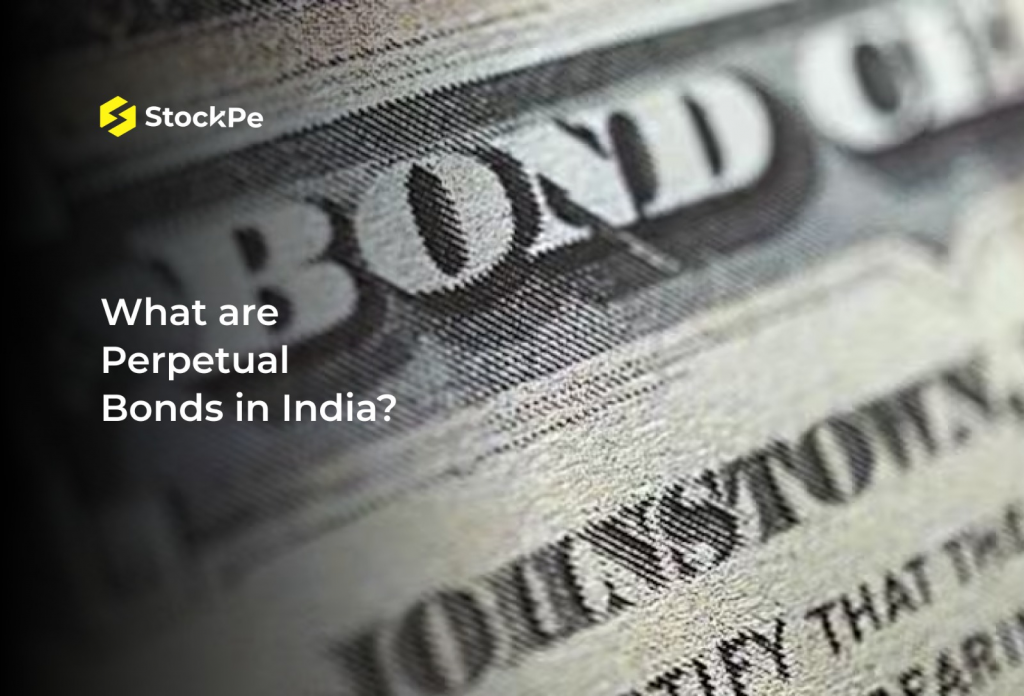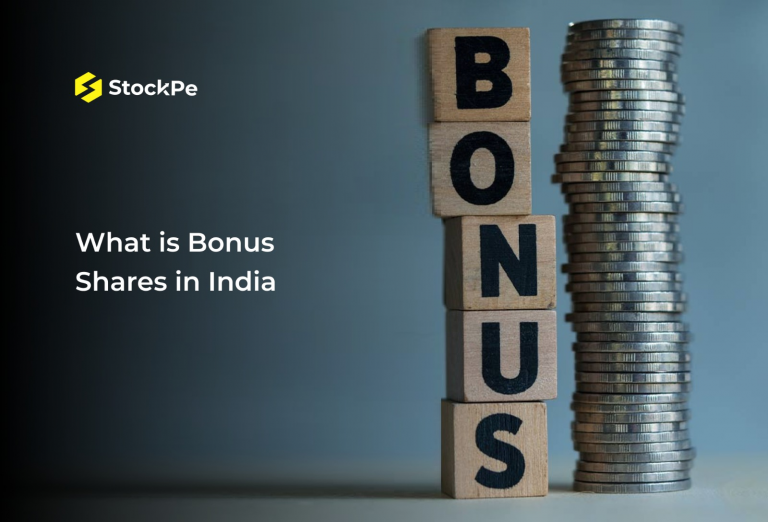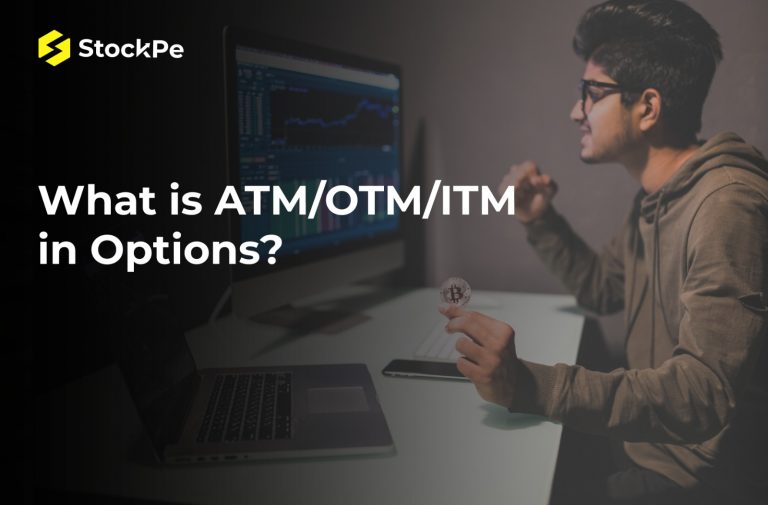Depending on your investment horizon, level of risk tolerance, credit risk and expected return, there are a variety of investment opportunities available. Due to the steady returns they provide over time, bonds are one of the most popular investment options.
A sort of bond that has no set maturity date is called a perpetual bond. Until they choose to call the bonds back, the issuers are obligated to pay a consistent amount of interest. The bondholders are not given the chance to redeem their bonds.
Let’s examine the many operational aspects of these bonds in a greater depth!

How Do Perpetual Bonds Work?
These bonds are everlasting in nature, as their name implies; they don’t have an expiration date. You will consistently get interest payments from the issuers as a bondholder. However, the idea of a principle payment upon redemption does not exist.
According to the terms and circumstances contained in the bond offer document, bond issuers often have the option of calling back these debt instruments. The waiting period for calls back varies from school to university, but it often lasts between five and ten years.
Finally that you understand what perpetual bonds are, let’s uncover the best perpetual bonds available in India.
Since there are so few companies that are seen as trustworthy enough to issue such bonds, they make up a very small portion of all bonds that are now outstanding in the market.
The British government originally issued these bonds to pay for its military costs during World War II. These types of bonds are traded on several stock markets in India. Anyone can therefore get rid of these bonds by selling them on the stock market.
Perpetual Bonds: Why Are They Issued by Entities?
These bonds are typically issued by banks and other financial institutions to meet Basel III capital adequacy ratio criteria. After the severe financial crisis of 2008, a larger capital requirement was recognised as necessary.
Banks are required by Basel III to maintain a capital adequacy ratio of 10.875% in order to protect themselves against various shocks. Furthermore, in accordance with Reserve Bank of India regulations, banks , market interest may decide not to make the regular interest payments on perpetual bonds if their capital falls below a predetermined level.
In furthermore, have the ability to call back or redeem these bonds if they discover more affordable financing alternatives. If long-term interest rates are declining, this might be the case.
Characteristics Perpetual Bonds:
These are some characteristics of perpetual bonds:
- The strong creditworthiness of the bond issuers does not prevent them from skipping interest payments if capital falls below necessary levels. This makes using this instrument a dangerous choice.
- In the absence of extraordinary circumstances, banks are required to pay bondholders a fixed income on these notes until redemption.
- These securities offer a greater interest rate than other bonds in the same category, like government bonds or government entities due to the high amount of risk involved.
- Investors in perpetual bonds holders will be paid last but before equity in the event that the Issuer fails.
- These bonds are traded on a number of Indian stock exchanges.
What Benefits Can You Get from Buying Perpetual Bonds?
The following are some benefits of purchasing perpetual bonds:
Fix-income Option/Alternative:
For its investors, these bonds provide a reliable source of fixed income. Interest revenue from perpetual bonds is ongoing or evergreen in nature because it has no maturity date. A steady income stream makes it easier to achieve financial and high returns objectives more quickly.
Higher Yields:
A perpetual bond often has a higher yield than any other kind of bond. Since return or income is the primary criterion that one considers when making any investment decision, having a high return potential makes it a desirable investment target.
Small/Mild risk:
At the moment of liquidation, perpetual bondholders are given preference when paying their obligations. Compared to shareholders, they are less likely to lose money if the business fails. Permanent bonds are secured investments with a low risk of default since the securities they invest in have high credit ratings.
Cons of Purchasing Perpetual Bonds:
Although perpetual bonds offer their investors a number of advantages, they also have some drawbacks that investors should be aware of before making a purchase. The following list of drawbacks is discussed:
- Call option:
Despite the name “perpetual bonds,” this does not imply that they will last forever. Every one of these bonds has a call or redeemable provision that enables bond issuers to buy back exercise the call option their bonds after a predetermined amount of time. This call feature is unilateral since bondholders have no control over it and are powerless to prevent bondholders from using it.
- The Inflation risk :
Perpetual bonds are no different from other investments in that they all include some degree of inflation risk. When the rate of inflation exceeds the rate of return, this risk becomes present. Your investments’ purchasing power is diminished, and the real rate of return is decreased.
- Rate-Risk Exposure:
The associated interest rate risks are also detrimental to this bond. As central banks raise their benchmark lending rates during an inflationary period, the market interest rate will also climb. Bond prices will decrease in proportion to an increase in interest rates. Bondholders will pay less for their bonds and suffer losses if bond issuers exercise the call option this time.
How are perpetual bonds’ yields determined?
To give you an idea of the yield that they offer, let’s look at an example of a perpetual bond. You’ll understand the idea better as a result.
Here’s how to determine a perpetual bond’s prospective returns.
Present market yield of a perpetual bond = Regular coupon payment/Bond’s market price.
Let’s say you bought a perpetual bond with a face value of $10,000. The purchase price for this bond is 9,500, but it was purchased with a 500-unit reduction. The annual interest payment is equal to 550.
The current yield is therefore (550/9500)*100.
= 5.78%.
As a result, we can see that you will receive a yield of 5.78%.
Perpetual Bonds Are Best Invested In by Whom?
If you are a retired investor searching for a respectable steady source of income to finance your post-retirement life, these bonds may be suitable for you. However, because these bonds have a rather high risk component, it’s crucial that you take your risk tolerance into account before investing. Make sure these bonds fit with your investment goals as it has a high risk band.
The Bottom Line of the Blog:
In regard to magnitude, perpetual bonds make up a very modest portion of all bonds that are currently outstanding. This is brought on by the substantial risk and weak market for these assets. Before making an investment in these bonds, it is crucial that you undertake a careful market study and take several factors like taxation and return into account.





